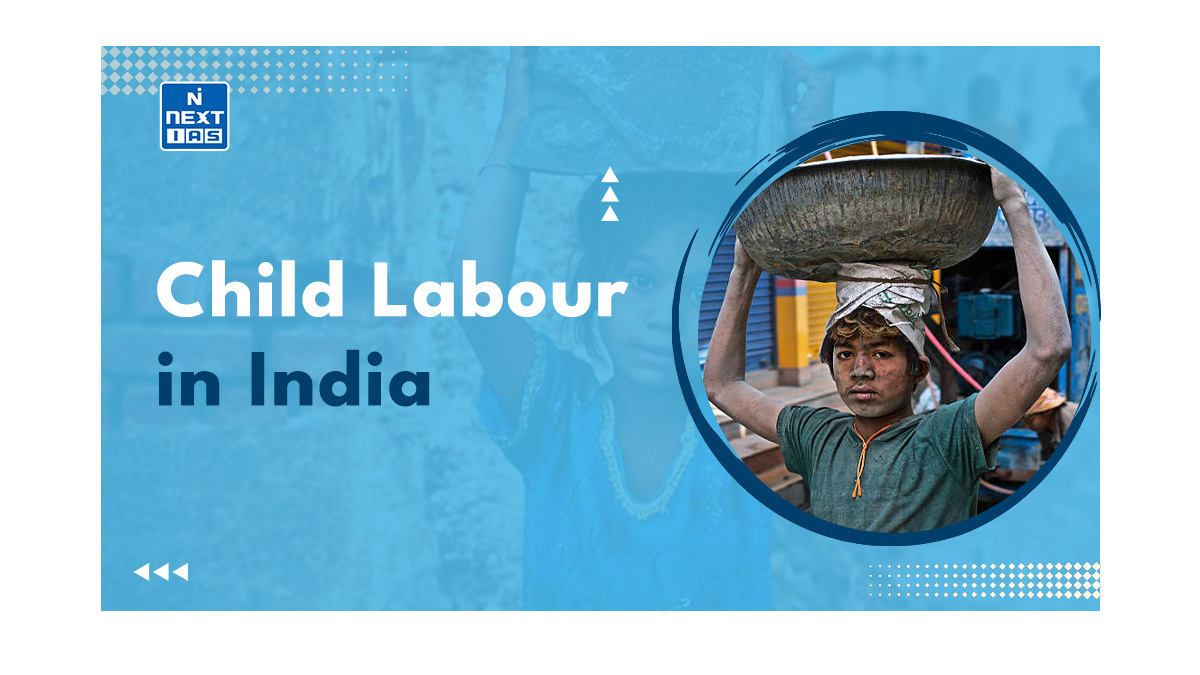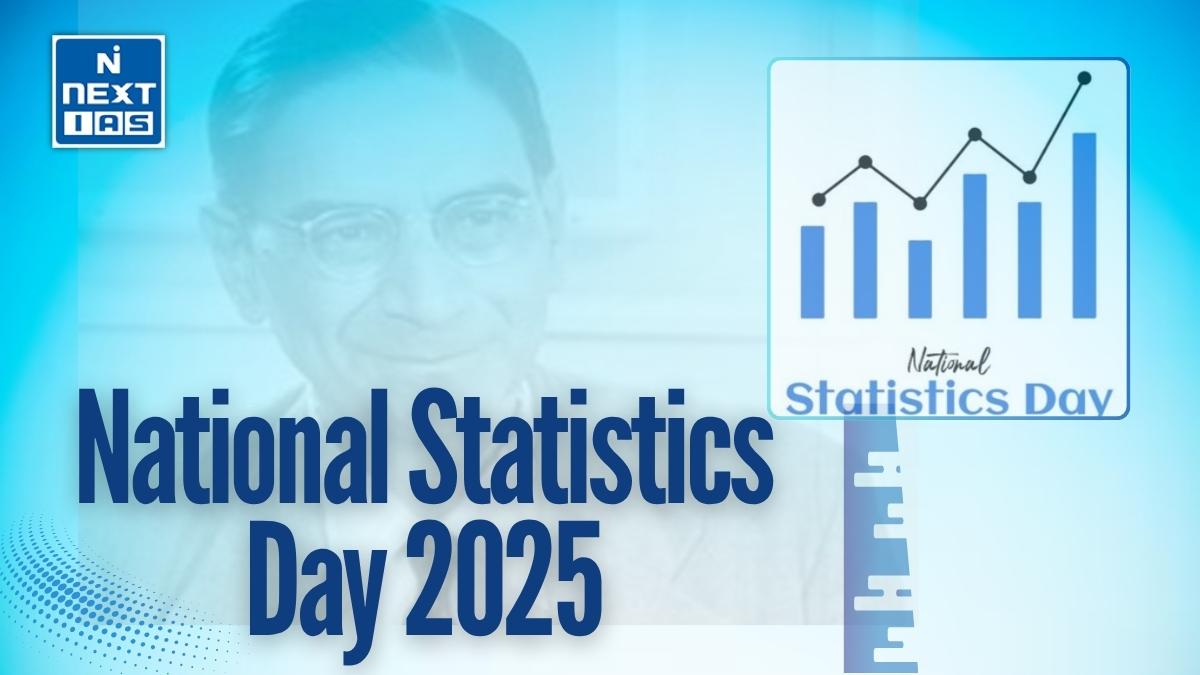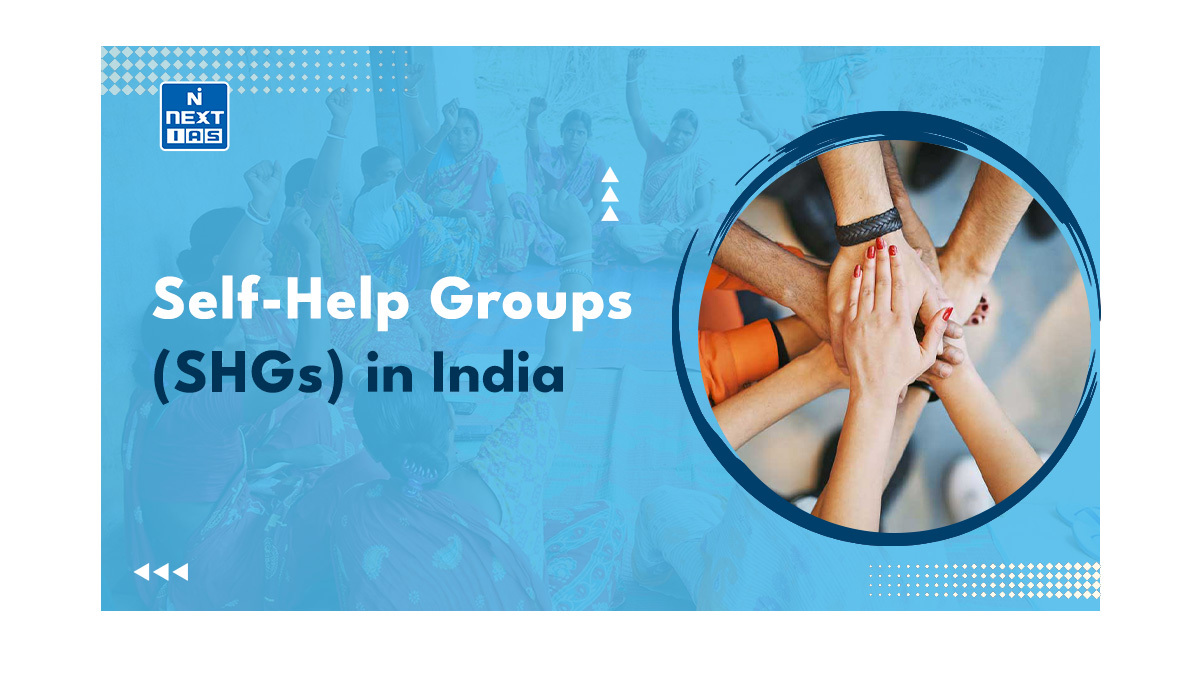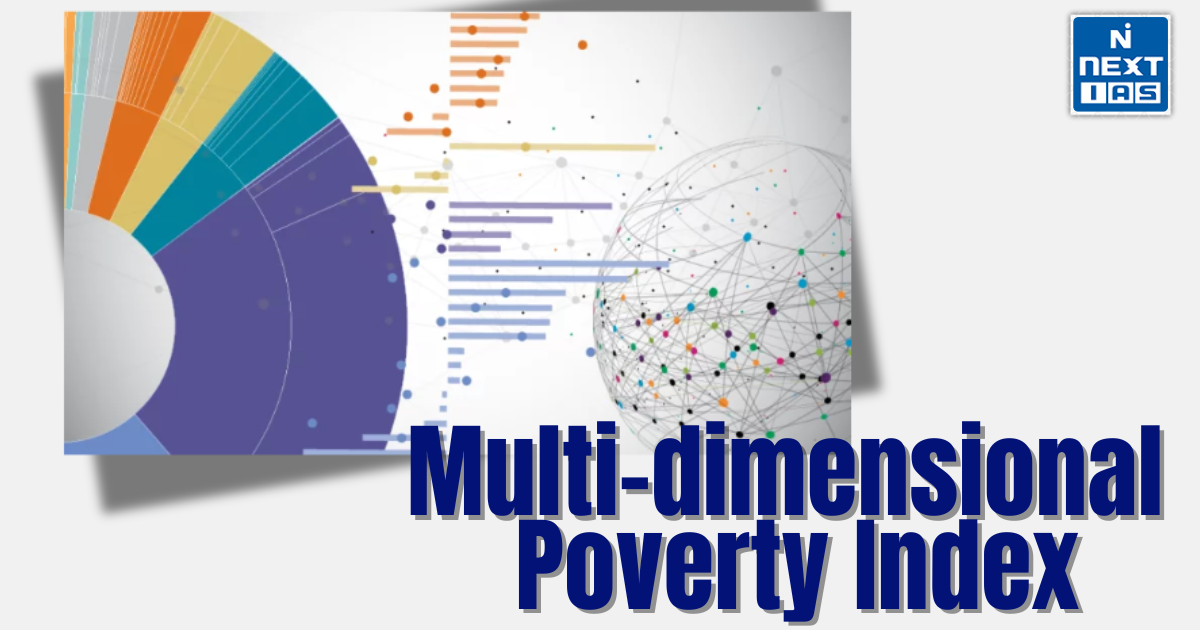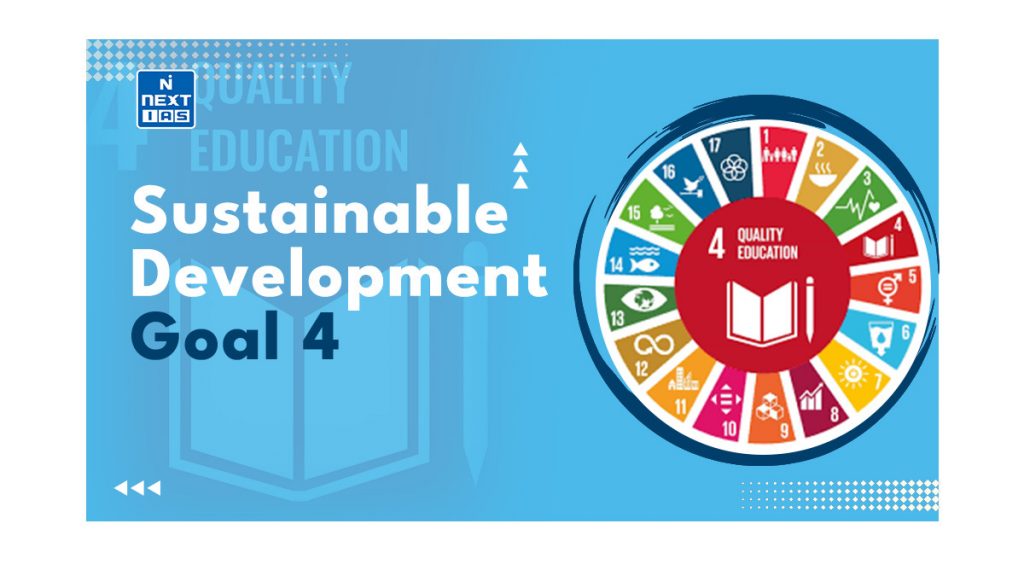
Sustainable development is development that meets the needs of the present without compromising the ability of future generations to meet their own needs. This article covers the topic “Sustainable Development Goal 4” in detail. This topic has relevance in the “Governance” section of the UPSC CSE exam.
About Sustainable Development Goals
Sustainable Development Goals are a set of 17 goals with 169 targets to be achieved by the year 2030. These goals are diversely framed and acknowledge the need to eradicate poverty, enhance healthcare and education, diminish inequality, stimulate economic progress, confront the challenges of climate change, and safeguard our precious oceans and forests.
Philosophy behind the Sustainable Development Goals
All United Nations Member States unanimously agreed upon the 2030 Agenda for Sustainable Development in 2015. The philosophy behind this collective roadmap was to ensure the well-being of both humanity and our planet. These goals are framed for present and future generations in the spirit of the Brundtland Commission.
Sustainable Development Goal 4 in relation to India
Goal 4 of the Sustainable Development Goals (SDGs) focuses on education and ensures inclusive and equitable quality education for all. In the Indian context, Goal 4 aims to “Ensure inclusive and equitable quality education and promote lifelong learning opportunities for all.”
Progress Made by India to Achieve the Sustainable Development Goal 4
To achieve this goal, India has been working on various initiatives and strategies to enhance access to education, improve the quality of education, reduce disparities in education, and promote lifelong learning opportunities.
This includes efforts to increase enrollment rates, improve the quality of teaching and learning, enhance infrastructure in schools, and address issues related to gender and social inclusion in education.
Features of Sustainable Development Goal 4
Sustainable Development Goal 4 focuses on the following parameters:
- Target 4.1 and 4.2: Free, equitable, accessible and quality primary and secondary education with childcare development.
- Target 4.3: Affordable and quality technical, vocational, and tertiary education, including university.
- Target 4.4: Increase the number of youth and adults who have relevant skills.
- Target 4.5: Eliminate gender disparities in education and ensure access to all levels for the vulnerable population.
- Target 4.6: Ensure that all youth and a substantial proportion of adults achieve literacy and numeracy.
- Target 4.7: Ensure that all learners acquire the knowledge and skills needed to promote sustainable development.
Initiatives Taken by the Government of India to Achieve Sustainable Development Goal 4
The Government of India has taken several initiatives to achieve Sustainable Development Goal 4 (SDG 4), which focuses on ensuring inclusive, accessible, and equitable quality education. It is also aimed at promoting lifelong learning opportunities for all.
Some of the key initiatives and programs aimed at achieving Sustainable Development Goal 4 in India include:
- Target 4.1 and 4.2: Free, equitable, accessible, and quality primary and secondary education with childcare development.
- Sarva Shiksha Abhiyan (SSA): SSA focuses on providing free and compulsory education to all children aged 6 to 14 years.
- Rashtriya Madhyamik Shiksha Abhiyan (RMSA): RMSA aims to enhance the enrollment rate in secondary schools and improve the quality of education by providing resources, infrastructure, and teacher training.
- Mid-Day Meal Scheme: This scheme aims to improve school attendance and nutrition among students by providing free midday meals in government schools.
- Target 4.3 and Target 4.4: Affordable and quality technical, vocational, and tertiary education, including university. Increase the number of youth and adults who have relevant skills.
- National Skill Development Mission (NSDM): NSDM aims to provide skill development and vocational training opportunities to equip the youth with relevant skills for employment. It includes schemes like Pradhan Mantri Kaushal Vikas Yojana (PMKVY) and Skill India Mission.
- Community Colleges: The concept of community colleges has been introduced to offer vocational and skill-based courses at an affordable cost. These colleges collaborate with local industries to provide practical training.
- Polytechnic and ITIs: Polytechnic colleges and Industrial Training Institutes (ITIs) offer technical and vocational courses at the post-secondary level. These institutions focus on skill development and prepare students for a wide range of technical careers.
- Target 4.5: Eliminate gender disparities in education and ensure access to all levels for the vulnerable population (People with disabilities etc.)
- Gender Sensitization: Gender sensitization programs in schools and communities have been taken to raise awareness about the importance of gender equality in education.
- Beti Bachao, Beti Padhao (BBBP): While primarily focused on gender equality and female empowerment, BBBP also promotes girls’ education as a means to empower women and ensure their participation in society.
- Target 4.6 and 4.7: Ensure that all youth and a substantial proportion of adults achieve literacy and numeracy. Ensure that all learners acquire the knowledge and skills needed to promote sustainable development.
- National Education Policy (NEP) 2020: The NEP 2020 is a comprehensive reform in the education sector that aims to transform the Indian education system. It emphasizes holistic development, flexible curriculum, technology integration, and increased funding for education.
- Digital India Initiative: The Digital India campaign seeks to enhance digital literacy and access to information and communication technology (ICT) in schools and rural areas. This initiative aims to improve the quality of education through technology.
Progress of India in Sustainable Development Goal 4
- Gross Enrollment Ratio (GER) in Higher Secondary Education (2021-22): 58 percent.
- Gross Enrollment Ratio (GER) for tertiary education: 27 percent.
- Free and Compulsory elementary education up to class 8.
Challenges in Achieving Sustainable Development Goal 4
- Lack of basic Infrastructure: The absence of basic amenities such as classrooms, furniture, sanitation facilities, and clean drinking water remains a formidable impediment to education in numerous parts of the nation.
- Education Quality and Relevance: The quality of education, as prescribed by the curriculum, sometimes fails to align with the demands of the job market.
- Rote learning pedagogy: The traditional teaching methods and focus on rote learning often fall short in fostering critical thinking, creativity, and innovation among students.
- Gender Disparities: Girls frequently confront discrimination and violence within and around educational establishments.
- Digital Divide: The COVID-19 pandemic has accentuated the digital divide in India, rendering millions of students unable to participate in remote learning due to limited access to digital educational resources.
Way Forward
The priority for education must be to enhance social mobility, creativity, and critical thinking and prepare students for required employment skills. Some suggestions that can be taken in this regard include:
- Mapping of Day to day operations with SDGs.
- Strengthen Research-teaching-training nexus.
- Make higher education more employable.
Sources:
GS - 2
